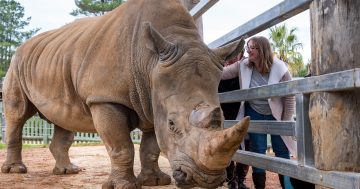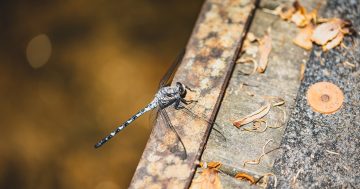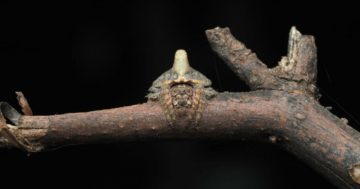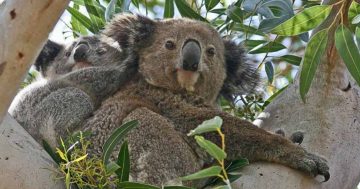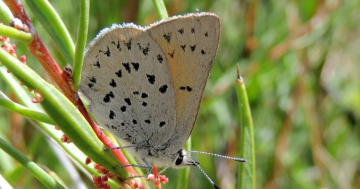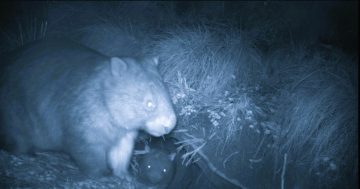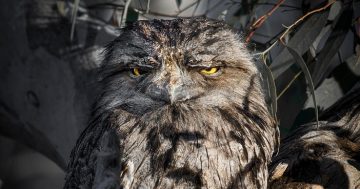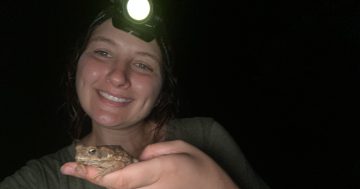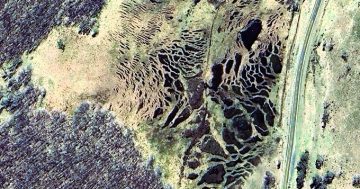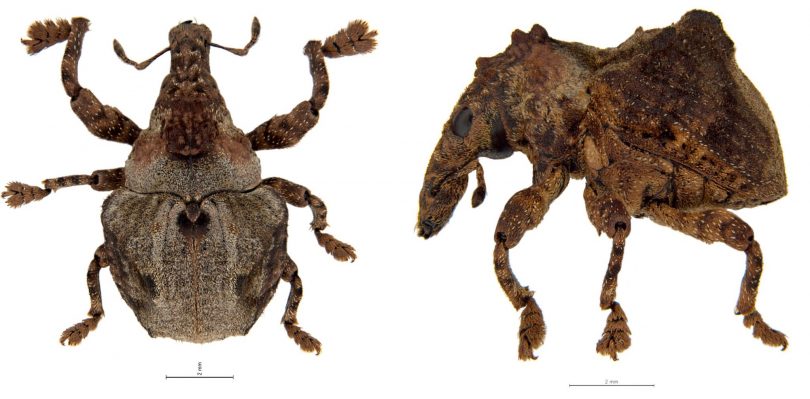
Kuschelorhynchus macadamiae is a native weevil that has become a pest in macadamia plantations in northern NSW and Queensland. Photos: Supplied.
A newly named macadamia nut pest is just one of more than 200 new species described by the CSIRO’s National Research Collections Australia during the past year.
Kuschelorhynchus macadamiae is a native weevil that has become a pest in plantations of macadamias, which are native to Australia, in northern NSW and Queensland.
Dr Bryan Lessard, of CSIRO’s Australian National Insect Collection, said describing and naming species within the scientific framework known as taxonomy was a critical starting point for protecting the nation’s biosecurity and managing its natural resources.
“In order to manage a pest, we first need to know exactly what it is and what it can be confused with. Taxonomy is also essential to other branches of biology,” he says.
CSIRO’s new species tally includes 206 new insects, three new fishes and three new plants.
While most are from Australia, a new deepwater catshark was discovered in Papua New Guinea and some insects were described from Malaysia, Myanmar, China, Hawaii, New Zealand, South Africa and Mexico.

Longfin Gulper Shark
“Our insect discoveries far outweigh discoveries in other animal groups because insects include some of the most diverse and abundant life forms on Earth,” says Dr Lessard.
The insects included 73 ants, 38 beetles and 21 flies, and several extinct species perfectly preserved in 100 million-year-old Burmese amber that are important for understanding the evolution of insects.
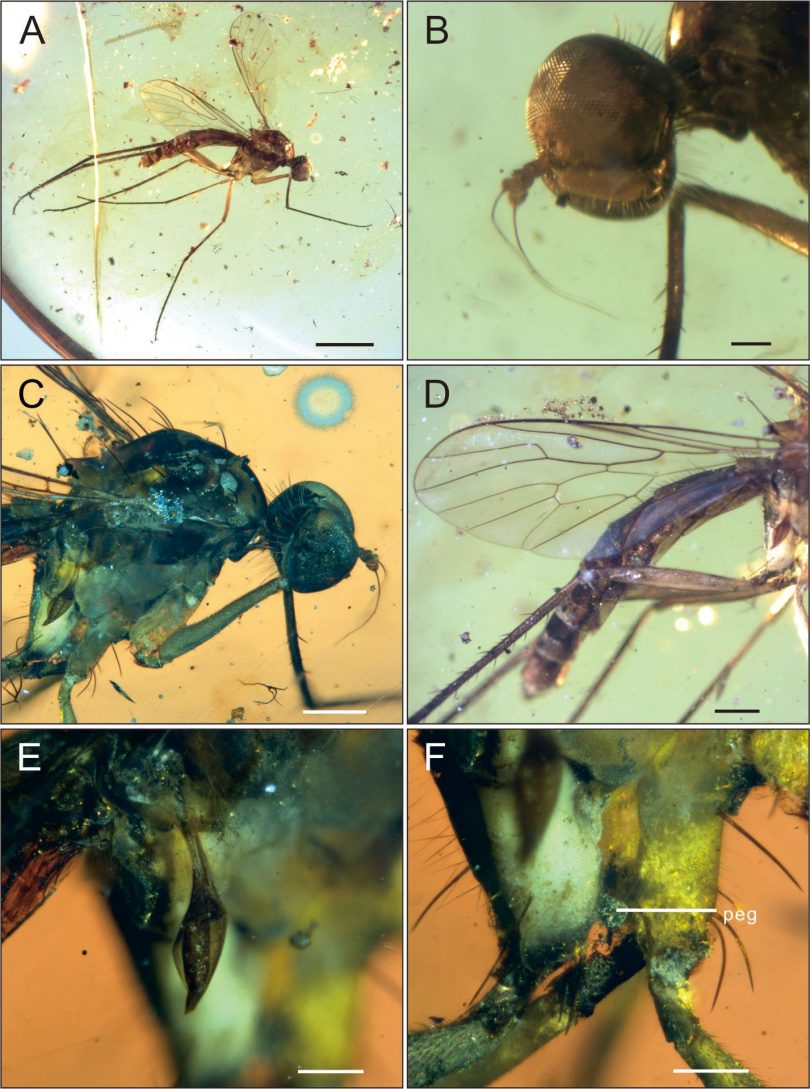
Extinct species perfectly preserved in 100 million-year-old Burmese amber.
“Among the new beetle and fly species, we described three entirely new tribes (groups of genera), a profound and significant taxonomic discovery. Our species discovery research is not only adding to the fine detail of the tree of life, but also deeper branches,” says Dr Lessard.
The three plants included two butterfly orchids from Queensland and a small, shrubby daisy from Western Australia, which has small white flowers and is known from only one population of fewer than 20 individual plants.
About 10 new species of fishes were discovered during a voyage of the North West Shelf off Western Australia in late 2017 aboard CSIRO’s marine research vessel RV Investigator and are yet to be scientifically named.
“One of the best places in Australia to discover a new species is actually our insect collection, which contains specimens dating back to the early nineteenth century,” says Dr Lessard.
Another source of discovery is recognising a single species is actually two, such as the Chestnut Quail-thrush, which occurs in arid and semi-arid parts of Australia.
It was recently renamed as two species, the Chestnut Quail-thrush and the Copper-backed Quail-thrush.
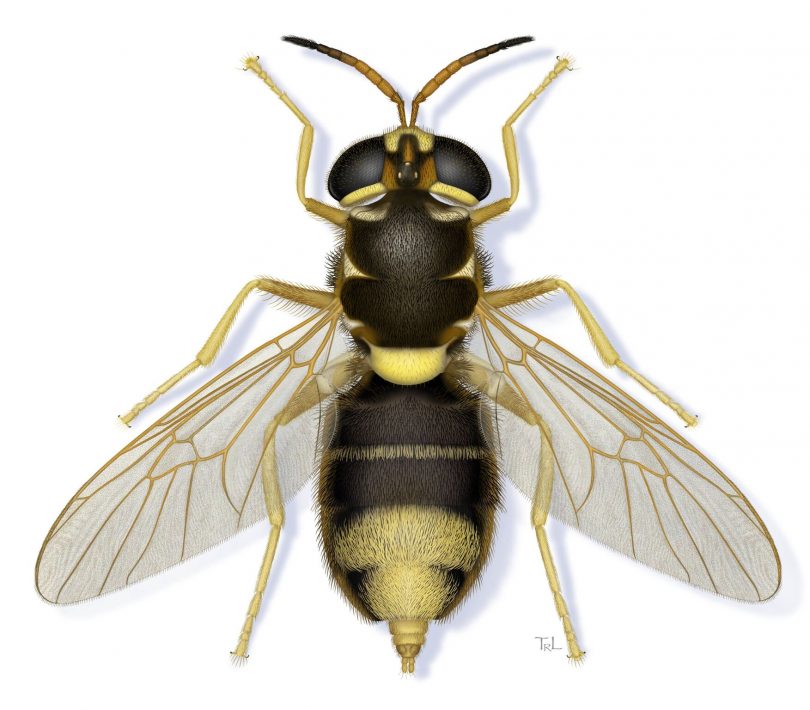
Apisomya bathae
CSIRO holds more than 15 million natural history specimens in the National Research Collections Australia.
Worldwide, scientists continue to utilise natural history collections to describe and name the estimated 10 million species on Earth. Australia is home to approximately 500,000 species and around three-quarters of these occur nowhere else on Earth. Around 25,000 plant species are native to Australia, 800 birds, 5,000 fishes and 250,000 insects.
The three new plant species were named by researchers at the Centre for Australian National Biodiversity Research, a joint venture between CSIRO and the Australian Government Director of National Parks.
A plan to accelerate the discovery of Australian species was launched by the Australian Academy of Science in April.











